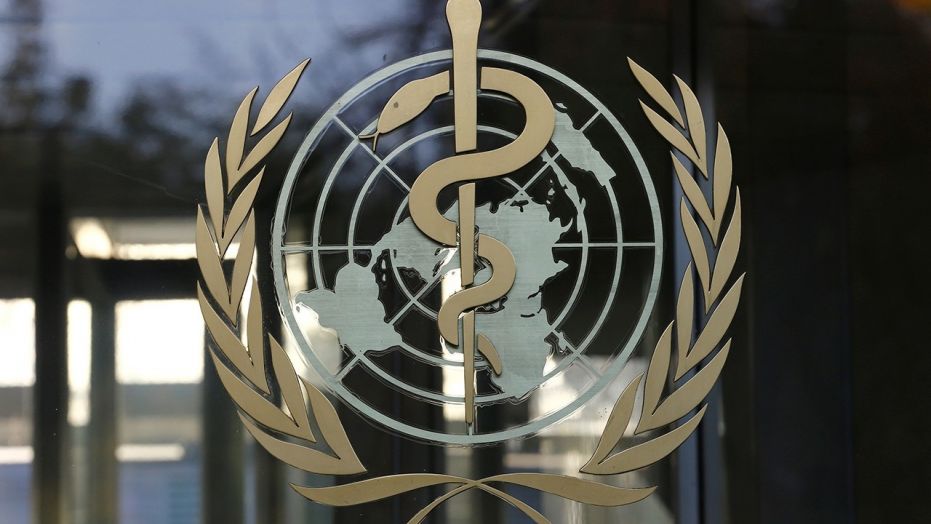The World Health Organisation (WHO) has warned ahead of a possible epidemic that could be caused by a yet to exist disease it refers to as ‘Disease X’.
The development is contained in the 2018 edition of the organisation’s annual review of the Blueprint list of priority diseases.
The report says it is the first time that the organisation puts an entry of unknown disease in its Blueprint to arouse global awareness.
According to the report, “Disease X represents the knowledge that a serious international epidemic could be caused by a pathogen currently unknown to cause human disease”.
Advertisement
It is not a newly identified pathogen but what military planners call a “known unknown”. It is a disease sparked by a biological mutation, or an accident or terror attack, that catches the world by surprise and spreads fast.
The most probable source of the disease is zoonotic diseases present in wild and domesticated animals, and can be transmitted to humans.
Other diseases listed in the report include crimean-congo haemorrhagic fever (cchf), Ebola virus disease, Marburg virus disease, Lassa fever, middle east respiratory syndrome coronavirus (mers-cov), severe acute respiratory syndrome (SARS). nipah and henipaviral diseases, rift valley fever (rvf) and zika virus.
Advertisement
WHO said the mentioned diseases “continue to pose major public health problems and further research and development is needed through existing major disease control initiatives, extensive R&D pipelines, existing funding streams, or established regulatory pathways for improved interventions”.
It added that special populations such as refugees, internally displaced populations, and victims of disasters, constitute potential victims of the listed diseases.
“For many of the diseases discussed, as well as many other diseases with the potential to cause a public health emergency, there is a need for better diagnostics,” said the experts who convened in Geneva to gather the report.
“Existing drugs and vaccines need further improvement for several of the diseases considered but not included in the priority list.”
Advertisement
Add a comment






